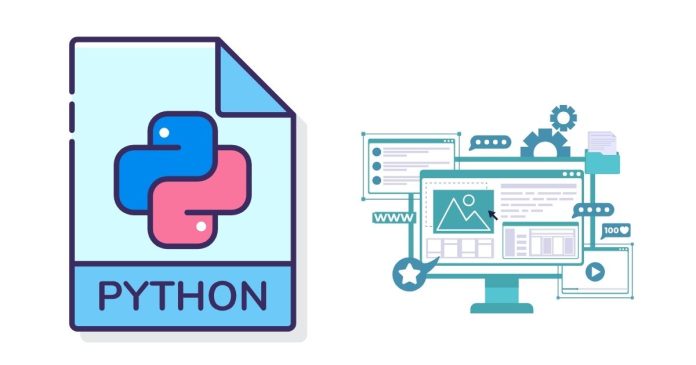In the era of big data, processing and analyzing massive datasets efficiently is a key challenge. Apache Spark, with its fast, in-memory computing capabilities, has become a favorite tool for big data professionals. PySpark, the Python API for Apache Spark, combines the simplicity of Python with the power of Spark, making it an ideal choice for developers and data analysts. This tutorial will introduce you to PySpark and guide you through its basics.
What is PySpark?
PySpark is the Python library for Apache Spark. It allows Python developers to harness Spark’s power for distributed computing without switching to Scala or Java. PySpark provides support for:
- DataFrames and SQL: For structured data processing.
- MLlib: Machine learning library for scalable algorithms.
- GraphX: Graph processing.
- Streaming: Real-time data processing.
Why Use PySpark?
- Scalability: Process large datasets effortlessly across clusters.
- Speed: Optimized in-memory computation for faster data processing.
- Ease of Use: Write programs in Python, a user-friendly language.
- Integration: Works seamlessly with Hadoop, AWS, and other big data tools.
Setting Up PySpark
Prerequisites
Before diving into PySpark, ensure you have:
- Python (version 3.6 or above)
- Java (version 8 or above)
- Apache Spark
Installation Steps
- Install PySpark
Use pip to install PySpark:pip install pyspark - Verify Installation
Check the installation by running:pysparkIf installed correctly, the PySpark shell will open.
- Set Environment Variables
Add the following to your.bashrcor.zshrcfile:export SPARK_HOME=/path/to/spark export PATH=$PATH:$SPARK_HOME/bin
PySpark Basics: A Hands-On Example
1. SparkSession
The starting point for PySpark applications is the SparkSession. It provides access to Spark’s features.
from pyspark.sql import SparkSession
# Initialize SparkSession
spark = SparkSession.builder \
.appName("PySpark Tutorial") \
.getOrCreate()
2. Loading Data
You can load data from various sources like CSV, JSON, or Parquet files.
# Load a CSV file
data = spark.read.csv("data/sample.csv", header=True, inferSchema=True)
data.show()
3. Basic Transformations and Actions
Transformations create a new dataset, while actions compute results.
# Select specific columns
data.select("name", "age").show()
# Filter rows
filtered_data = data.filter(data.age > 25)
filtered_data.show()
4. Working with DataFrames
DataFrames are the core abstraction in PySpark for structured data processing.
# Group and aggregate
grouped_data = data.groupBy("department").count()
grouped_data.show()
# Register DataFrame as a SQL temporary view
data.createOrReplaceTempView("employees")
spark.sql("SELECT * FROM employees WHERE age > 30").show()
Advanced PySpark: Machine Learning Example
PySpark includes MLlib, a library for scalable machine learning. Here’s an example of building a linear regression model:
from pyspark.ml.regression import LinearRegression
from pyspark.ml.feature import VectorAssembler
# Prepare data
assembler = VectorAssembler(inputCols=["feature1", "feature2"], outputCol="features")
data = assembler.transform(data)
train_data, test_data = data.randomSplit([0.8, 0.2])
# Train model
lr = LinearRegression(featuresCol="features", labelCol="label")
model = lr.fit(train_data)
# Evaluate model
predictions = model.transform(test_data)
predictions.show()
Tips for Optimizing PySpark Jobs
- Partitioning: Optimize data partitioning for better parallelism.
- Caching: Use
.cache()to persist frequently accessed data in memory. - Broadcast Variables: Efficiently share small datasets across executors.
Conclusion
PySpark bridges the gap between Python’s simplicity and Spark’s distributed computing power. Whether you’re analyzing gigabytes of data or building scalable machine learning models, PySpark is an indispensable tool. Start exploring its vast capabilities today and step into the world of big data with confidence!
Ready to take your skills further? Explore Spark’s official documentation and experiment with real-world datasets.
Tags: PySpark, Apache Spark, Big Data, Python, Machine Learning


